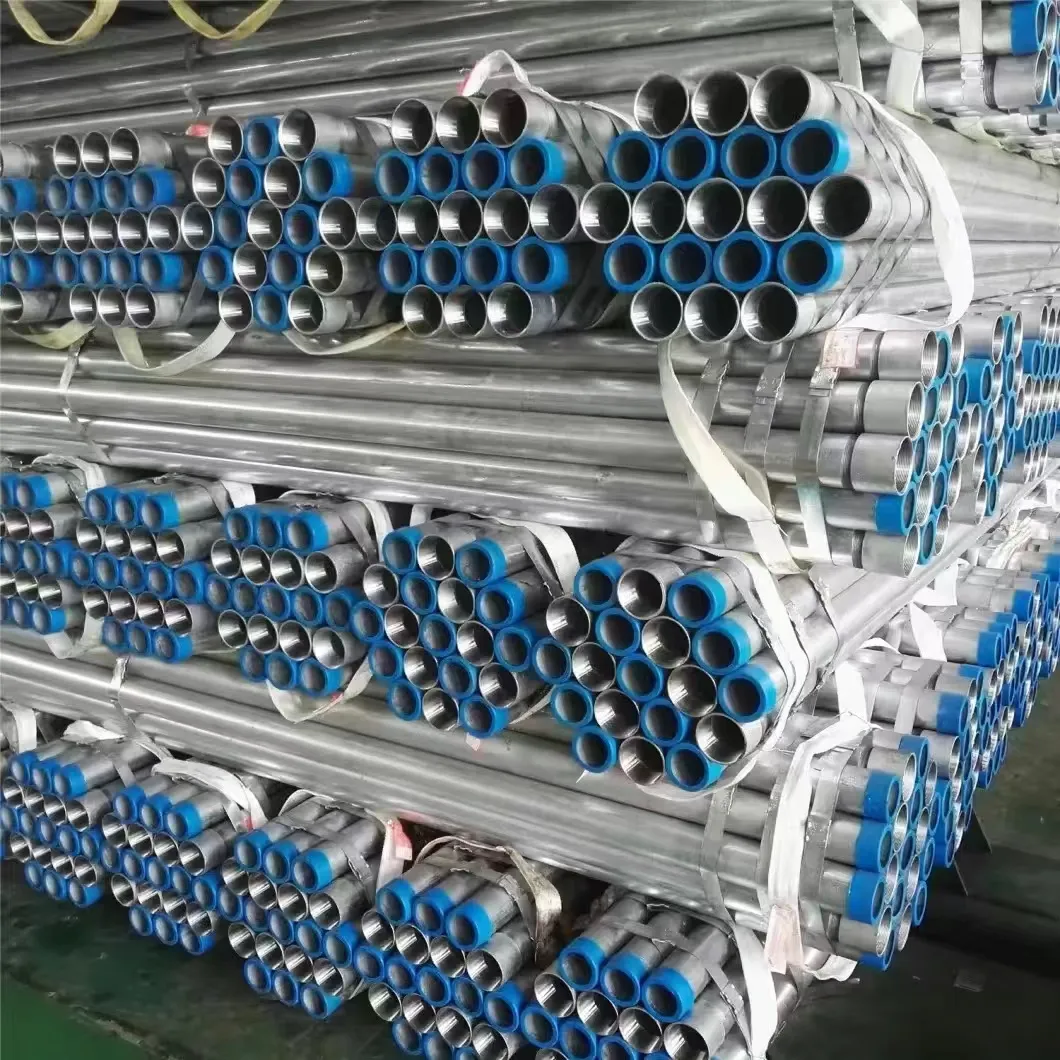-
Cangzhou Yulong Steel Co., Ltd.
-
Phone:
+86 13303177267 -
Email:
admin@ylsteelfittings.com
- English
- Arabic
- Italian
- Spanish
- Portuguese
- German
- kazakh
- Persian
- Greek
- French
- Russian
- Polish
- Thai
- Indonesian
- Vietnamese
- Zulu
- Korean
- Uzbek
- Hindi
- Serbian
- Malay
- Ukrainian
- Gujarati
- Haitian Creole
- hausa
- hawaiian
- Hebrew
- Miao
- Hungarian
- Icelandic
- igbo
- irish
- Japanese
- Javanese
- Kannada
- Khmer
- Rwandese
- Afrikaans
- Albanian
- Amharic
- Armenian
- Azerbaijani
- Basque
- Belarusian
- Bengali
- Bosnian
- Bulgarian
- Catalan
- Cebuano
- China
- China (Taiwan)
- Corsican
- Croatian
- Czech
- Danish
- Esperanto
- Estonian
- Finnish
- Frisian
- Galician
- Georgian
- Kurdish
- Kyrgyz
- Lao
- Latin
- Latvian
- Lithuanian
- Luxembourgish
- Macedonian
- Malgashi
- Malayalam
- Maltese
- Maori
- Marathi
- Mongolian
- Myanmar
- Nepali
- Norwegian
- Norwegian
- Occitan
- Pashto
- Dutch
- Punjabi
- Romanian
- Samoan
- Scottish Gaelic
- Sesotho
- Shona
- Sindhi
- Sinhala
- Slovak
- Slovenian
- Somali
- Sundanese
- Swahili
- Swedish
- Tagalog
- Tajik
- Tamil
- Tatar
- Telugu
- Turkish
- Turkmen
- Urdu
- Uighur
- Welsh
- Bantu
- Yiddish
- Yoruba

Jul . 27, 2024 10:23 Back to list
Exploring Various Components and Applications of Rubber Pump Parts for Enhanced Performance and Durability
Understanding Rubber Pump Parts Essential Components for Efficient Performance
Rubber pump parts are vital components in various industrial applications, ensuring the smooth and efficient operation of pumps in diverse working environments. From agriculture to chemical processing and water management, rubber components play a crucial role in maintaining optimal performance and durability. In this article, we will explore the significance, features, and advantages of rubber pump parts, as well as their applications and maintenance.
Significance of Rubber Pump Parts
Pumps are mechanical devices designed to move fluids by converting mechanical energy into hydraulic energy. The efficiency and longevity of a pump largely depend on the quality of its components. Rubber pump parts, including seals, gaskets, O-rings, and hoses, are essential for preventing leaks, ensuring proper fluid flow, and reducing wear and tear on pump systems. The use of rubber in these components is due to its elastic properties, chemical resistance, and ability to withstand a wide range of temperatures and pressures.
Features and Advantages
One of the primary advantages of rubber pump parts is their flexibility. Rubber materials can accommodate movement and vibrations, which is particularly important in dynamic environments where pumps are subject to constant changes in pressure and flow rates. Additionally, rubber's resilience allows it to return to its original shape after deformation, ensuring a tight seal that is crucial for maintaining efficiency.
Furthermore, rubber pump parts are resistant to a variety of chemicals and environmental factors
. This resistance ensures longevity, reducing the frequency of replacements and enhancing operational reliability. Different types of rubber, such as nitrile, silicone, and EPDM (ethylene propylene diene monomer), can be selected based on specific fluid types and operating conditions. For instance, nitrile rubber is ideal for oil and fuel applications due to its excellent resistance to petroleum-based fluids, while silicone rubber is suitable for high-temperature applications due to its thermal stability.Applications of Rubber Pump Parts
rubber pump parts

Rubber pump parts are used in a wide range of industries, each with specific requirements for performance and durability. In the automotive sector, rubber seals and hoses are critical for maintaining fluid integrity in various systems, including fuel and coolant pumps. In the food and beverage industry, rubber components must meet stringent hygiene standards, making materials such as food-grade silicone essential for ensuring safety and quality.
In industrial manufacturing, rubber pump parts are employed in chemical processing facilities to handle aggressive substances safely. Moreover, in agriculture, irrigation pumps often utilize rubber components to ensure efficient water delivery systems. The versatility of rubber materials enables their application in both high-pressure and low-pressure systems across multiple sectors.
Maintenance of Rubber Pump Parts
To maximize the lifespan and efficiency of rubber pump parts, regular maintenance is essential. Inspecting seals, gaskets, and hoses for signs of wear, such as cracks or leaks, can prevent more extensive damage to the pump system. It is also crucial to clean rubber components routinely to remove any buildup of debris or chemical residues, which can compromise performance.
When replacing rubber parts, it is important to choose high-quality replacements that meet the specifications of the original components. This ensures compatibility and optimal performance, minimizing the risk of leaks or pump failure.
Conclusion
Rubber pump parts are integral to the efficient operation of pumps across various industries. Their flexibility, chemical resistance, and durability make them essential for preventing leaks and ensuring smooth fluid movement. By understanding the features and applications of rubber components, industries can ensure optimal performance and reliability in their pumping systems. Regular maintenance and timely replacement of rubber parts can further enhance the longevity and efficiency of these essential components, contributing to overall operational success.
Latest news
-
ANSI 150P SS304 SO FLANGE
NewsFeb.14,2025
-
ASTM A333GR6 STEEL PIPE
NewsJan.20,2025
-
ANSI B16.5 WELDING NECK FLANGE
NewsJan.15,2026
-
ANSI B16.5 SLIP-ON FLANGE
NewsApr.19,2024
-
SABS 1123 FLANGE
NewsJan.15,2025
-
DIN86044 PLATE FLANGE
NewsApr.19,2024
-
DIN2527 BLIND FLANGE
NewsApr.12,2024
-
JIS B2311 Butt-Welding Fittings LR/SR 45°/90° /180°Seamless/Weld
NewsApr.23,2024











